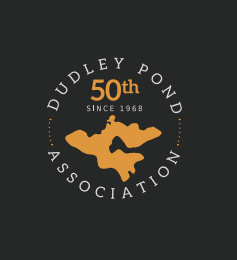We will provide hot cocoa, apple cider, and a bunch of snacks. If you would like to add to the food festivities, you can make/bring some appetizers, snacks, cookies or sweet things.
We won't be holding any activities on the ice, but we will have some fun things to do on land- bring your ideas! We hope to have a few firepits and marshmallows.





 RSS Feed
RSS Feed